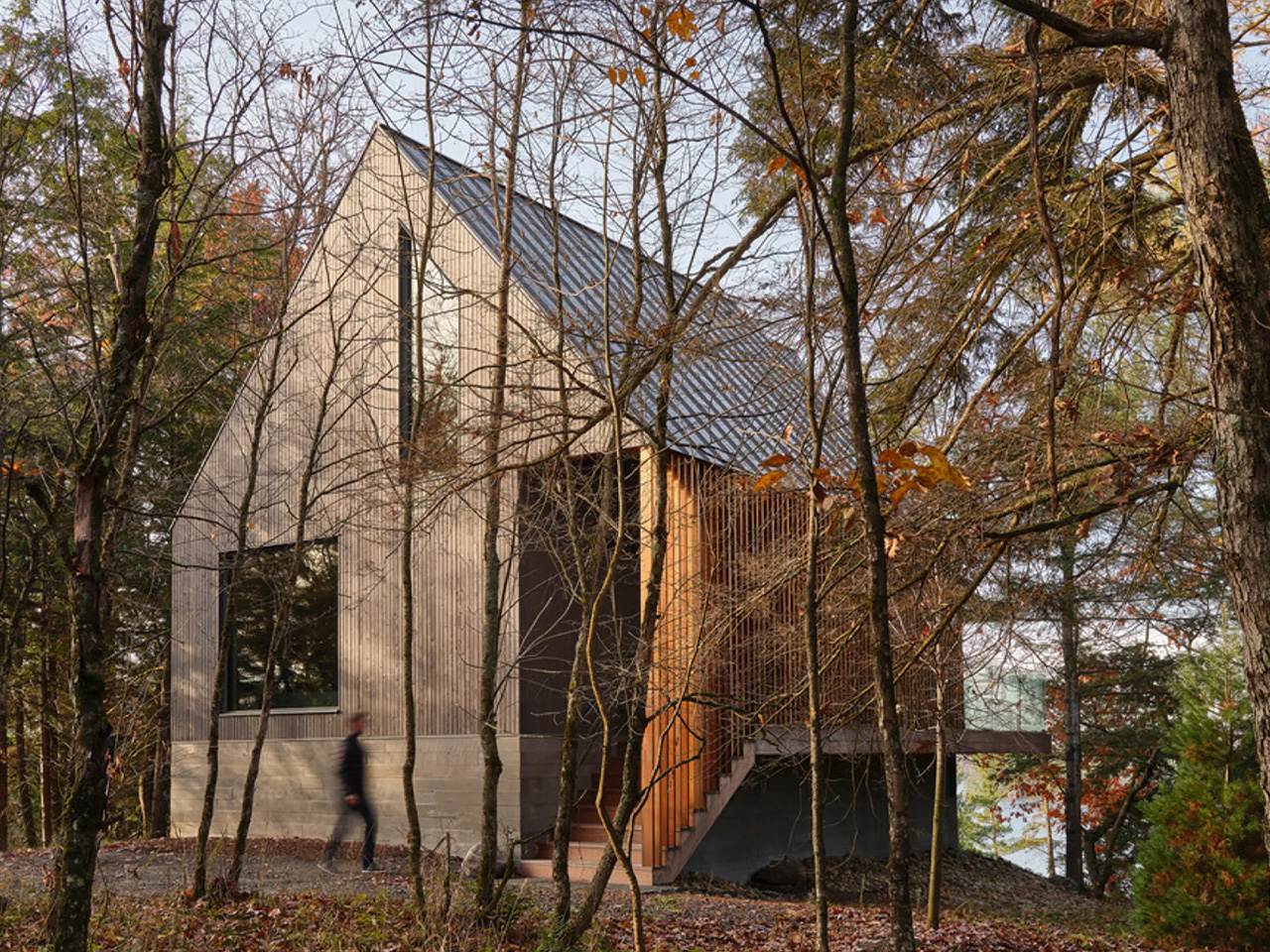Back in June this year, we were in Majuli, Assam — the world’s largest river island, famous for its local mask-making art form. We met Padma Shri Hemchandra Goswami, who was crafting traditional masks used for Bhaona (Assamese dance-drama) that portray mythical tales like Krishna Leela, Ramleela, and Mahabharata. Made of organic materials like bamboo sticks, cow dung, and clay, these masks had a unique feature: the upper and lower jaws could be detached as the wearer spoke their dialogues.
Little did we know that Goswami’s family is one of only two in Majuli making such vibrant masks, the other being the kin of the late Kosha Kanta Deva Goswami. We learnt this fact while watching National Award-winning filmmaker Utpal Borpujari’s film, Mask Art of Majuli, screened at Village Square’s Chitrashaala, a short film festival. This festival showcased 14 films based on rural India, centred around crafts and climate change, as part of the fourth edition of India Rural Colloquy, an annual event organised by Transform Rural India.

The festival featured insightful talks from notable actors and filmmakers like Adil Hussain, Faisal Malik of Panchayat fame, and Muzaffar Ali, the director of Umrao Jaan (1981). The three panellists were chosen for their relatable work and personal backgrounds in village life, steering a dialogue on depicting real rural India in cinema, beyond exoticism. Hussain, who grew up in the remote town of Goalpara, Assam, emphasises the importance of reducing the urban-rural divide.
“I grew up in a place where light reaches first but the eyes reach last. We used to get newspapers three days after they were published. For people like me in remote places in Northeast India, it is difficult to get the right exposure and civic amenities,” he says.
The English Vinglish actor adds that he learnt about the National School of Drama (NSD) at the age of 22, unlike a typical city boy who knows about such institutions early on. “The government has not done enough to provide opportunities for the extraordinary talent across the country. In the absence of a state mechanism, NGOs or such festivals must expand possibilities.
That’s why I am here,” he shares. When asked if mainstream cinema accurately portrays rural realities, Hussain disagrees. “Many films still show an exotified village life.
We need to be more authentic, nuanced, and subtle to understand villagers. Writers and directors need to travel extensively to understand rural India,” he explains, recounting his two consecutive years in 1995-96, mapping the length and breadth of the country during a solo motorcycle tour. Malik, another festival star, shares how rural and urban perspectives differ.
Having come from Prayagraj and worked on village-centric series Panchayat and the film Gangs of Wasseypur, he says, “People from villages are straightforward, beautiful, and simple.” He adds that people in cities struggle to stay true to themselves amidst financial responsibilities, work pressure, and materialistic pursuits. “Life is simple; we complicate it.
If you see Panchayat’s story, it’s written so simplistically that it leaves no scope for manipulation. We should promote stories that show rural realities. There’s no better place than Delhi, a hub of art and culture, to encourage it,” he adds.
The festival’s Climate Change section highlighted environmental issues and their impact on India’s rural communities. Aravali: The Lost Mountains, by Mumbai-born Jigar Nagda, captured the effects of mining in the Udaipur hills, leading to a drop in water levels by 700-800 metres, significantly affecting the rural population. Delhi-based Karishma Dev Dube’s Bittu, shortlisted for the Best Live Action Short Film at the 93rd Academy Awards, showcased how friendships in a Himalayan village were impacted by accidental poisoning at a school.
Last Days of Summer by Stenzin Tankong discussed the effects of climate change on a nomadic community in Ladakh. In the Arts and Crafts section, Ali, who has made 18 short films on Indian craft forms over his five-decade career, screened one of his films, Dastaan-e-Dastkari-Moradabad, spotlighting the metalware industry in Uttar Pradesh. Other films focused on the wood-carving craft of Thammampatti in Tamil Nadu, the lac craft of Kutch, and the black terracotta pottery of Meghalaya.
Ali believes that engaging young people with crafts can make them ‘more attractive and engaging’ to a wider audience. “Today’s filmmakers view craft multi-dimensionally, and as more Indian minds get trained in communication and design, it becomes a significant tool for the emancipation of craftspersons,” he shares. On another front, Hussain urges the government to open more art and culture centres in every district of India.
“Having just one NSD for a country of 140 crore people is ridiculous! There should be many cultural centres in each district, teaching at least 15-20 arts and crafts, staffed with domain experts, not bureaucrats,” he concludes..



















